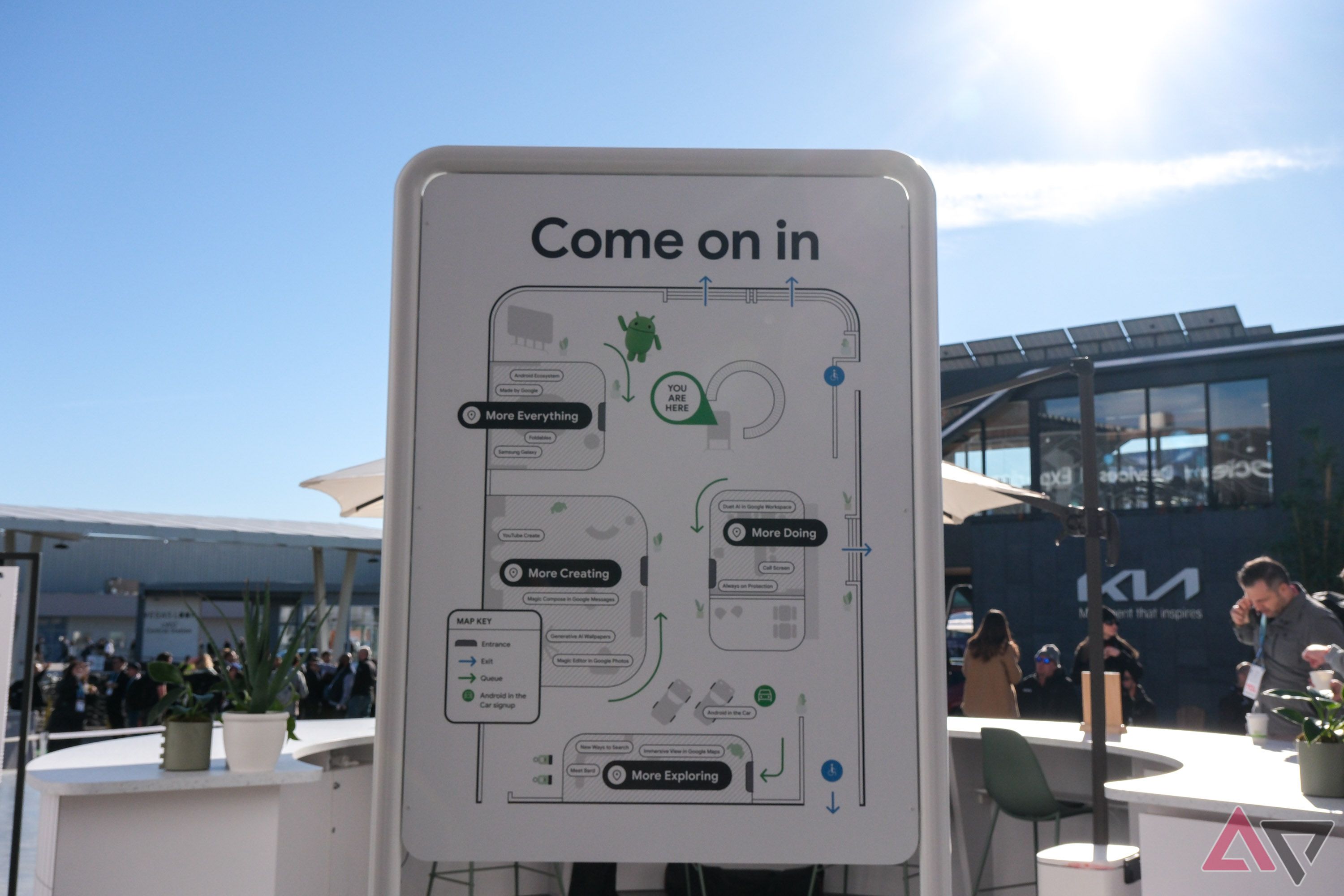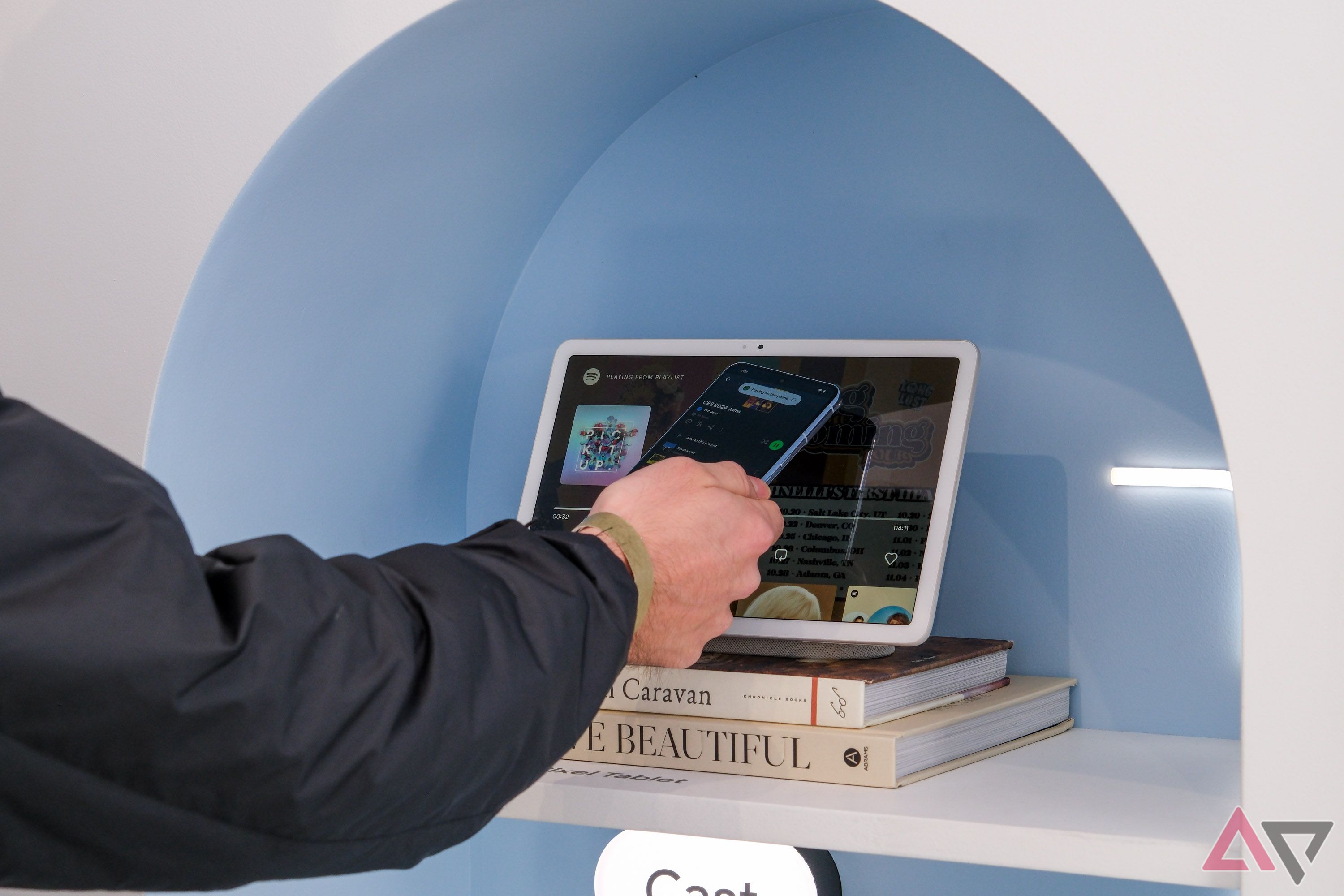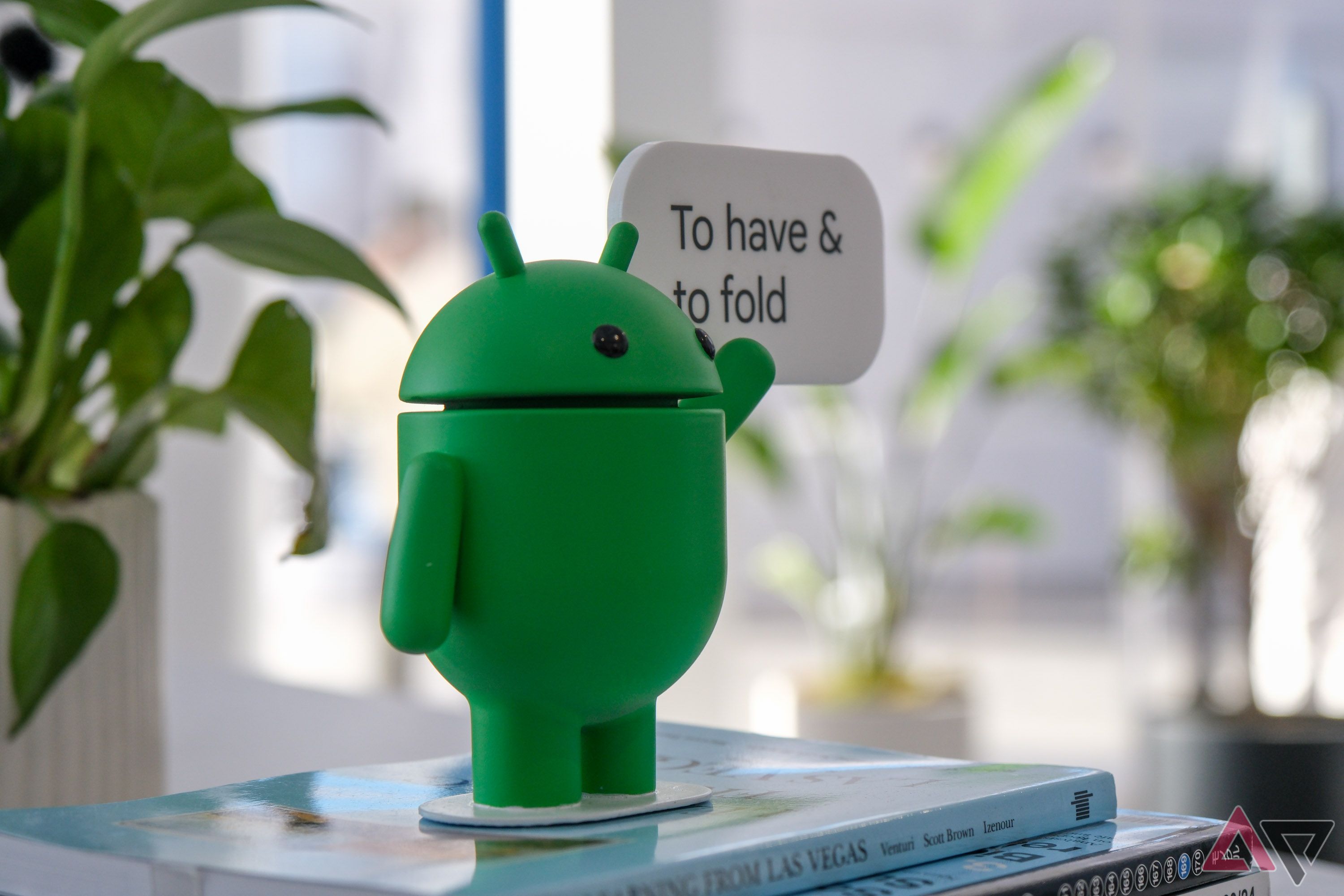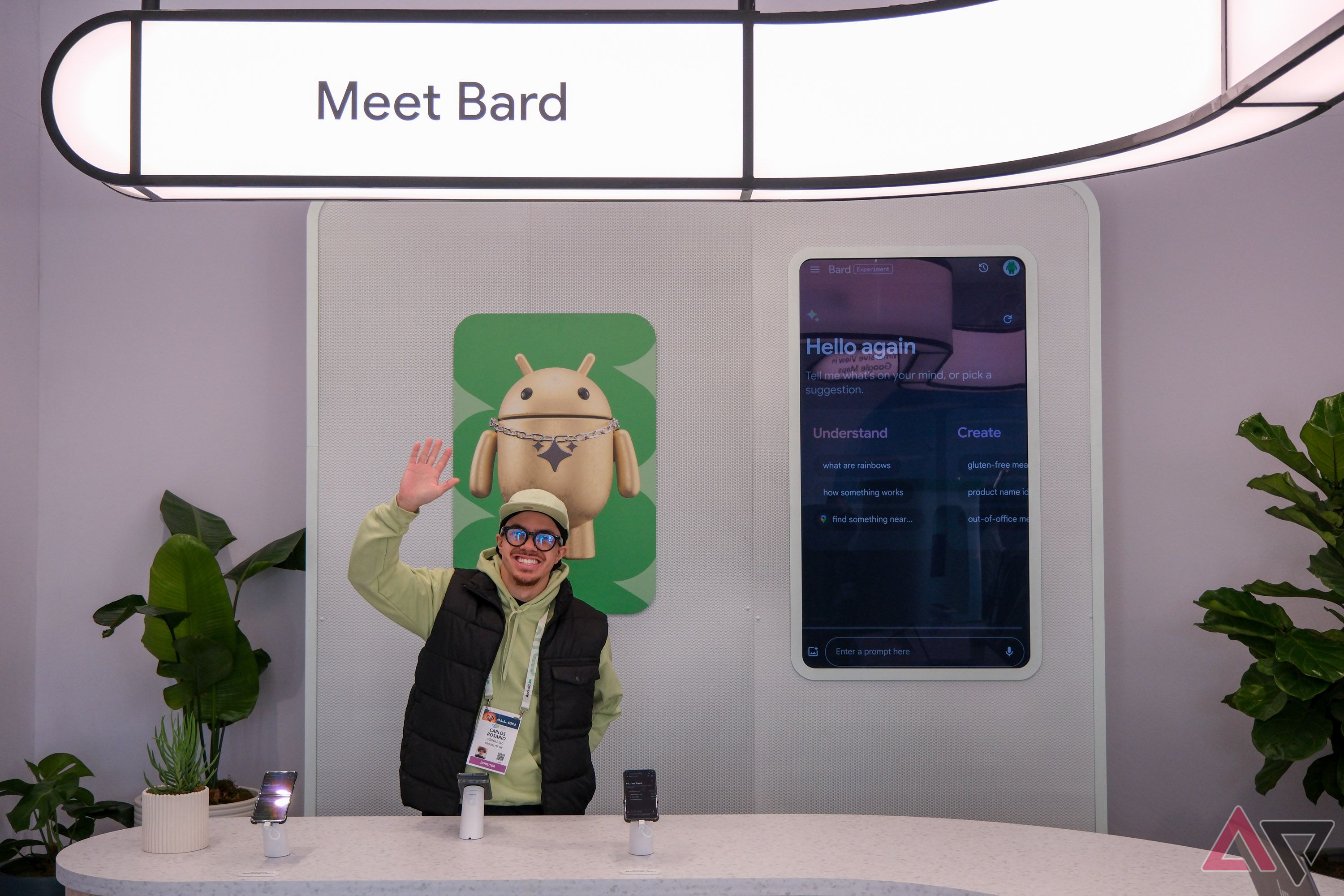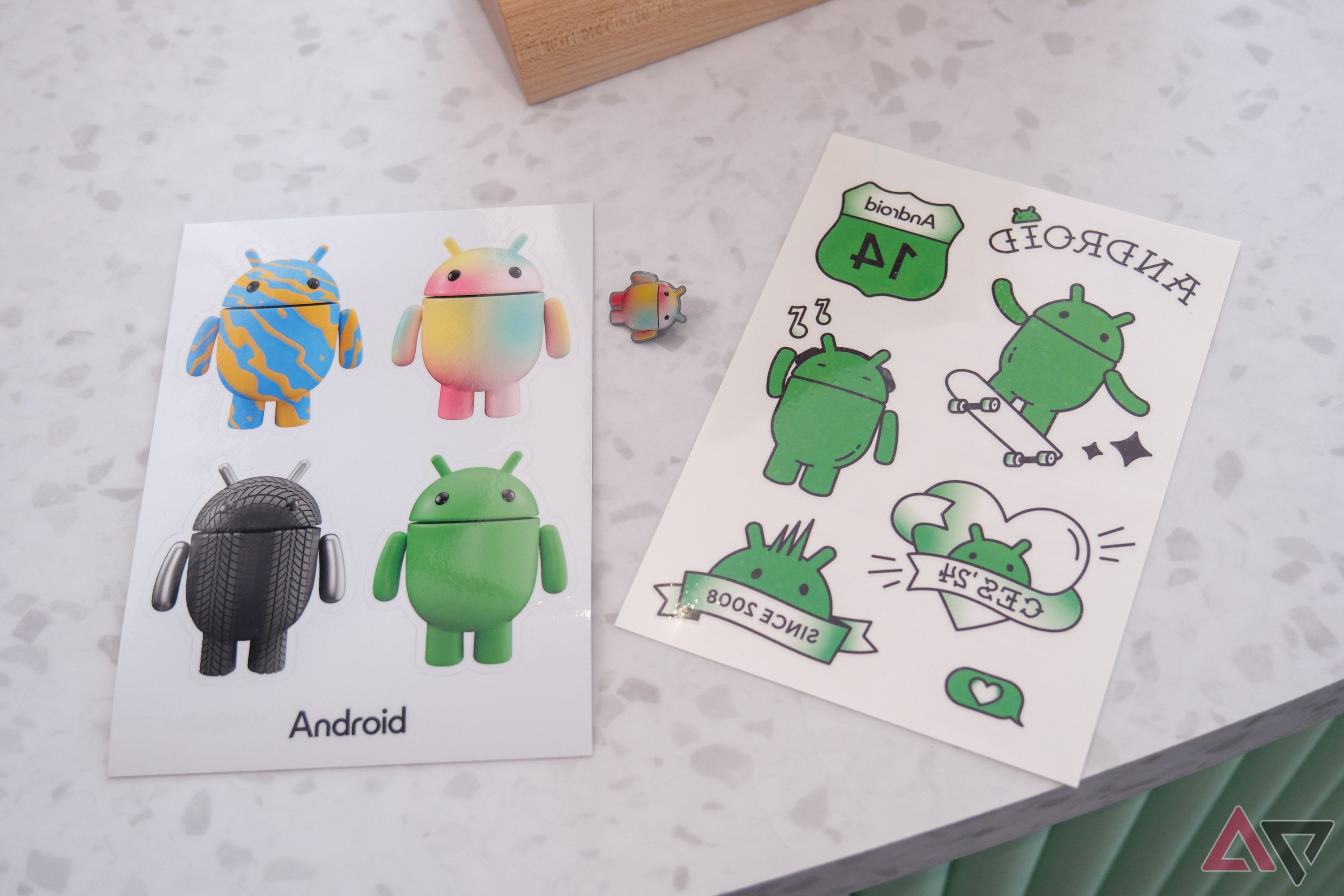You’re never going to find Google announcing new gadgets at CES — we’ll have to wait a few more months for I/O before we see hardware — but that doesn’t mean it doesn’t have a big presence in Vegas. In addition to covering the city in AI-themed billboards and decking the monorail out with everyone’s favorite Bugdroid, Google’s CES booth is basically a shrine to its vision of the future of mobile computing. In addition to demoing its latest announcements for Auto, casting, and more, the company made sure to deliver demos of all of its AI tricks. Whether or not that made us into true believers of the tech, however, remains to be seen.
There are plenty of photos to be seen here covering every section of Google’s booth, and I won’t blame any reader who wants to skip over my thoughts to see what the brand’s identity at CES looks like. But for those interested in a guided tour, Android Police hit the scene for a walkthrough. Located across the street from the north hall entrance to the Las Vegas Convention Center — a building nearly impossible to get to in the day one traffic throughout the city — Google’s “booth” is really more of a small village. Check out this map to get a good idea of what we walked through.
More Creating, More Doing, More Exploring, More Everything — despite each building being named with a separate theme, the actual demos within each space weren’t quite as cohesive as you’d imagine. We kicked off our journey at the More Everything tent, which focused on Google’s ever-growing ecosystem of products, partners, and accessories. From a wall of Samsung devices to a focus on casting — including Fast Pair improvements and Tap to Cast, both announced not long after we arrived — it was a good start.
It was also one of the only places in Google’s booth where AI’s presence wasn’t felt, and frankly, I think that was for the best. While the AI demos I’ll highlight in a moment primarily consisted of guided walkthroughs we’d previously seen of the last year’s worth of software features, Tap to Cast was perhaps the only demo that left me impressed. Not only did it function perfectly in an environment where it seemed all but guaranteed to run into technical difficulties — just think about how overloaded networks around LVCC are — but I was able to test it myself, no handholding required.
This building was also where we spotted the main hardware theme of Google’s CES booth: foldables. This building featured nearly every major Android foldable built around a large display area, while nearly every other demo throughout the enclosure used a Galaxy Z Fold 5, OnePlus Open, or even Motorola Razr+ to showcase certain AI features. It really seemed like Google only relied on the Pixel 8 Pro when it needed to; for everything else, the company was happy to rely on a phone from one of its partners, particularly if the device folded in half.
Frankly, the other three halls — More Creating, More Doing, and More Exploring — weren’t quite as impressive as the first. Google showed off all sorts of AI demos for features you’ve been hearing about for months. Immersive View in Maps, SGE, and Bard showcases filled the More Exploring building, and while I’ve made my thoughts on Google’s attempts at battling OpenAI well-known at this point, this was my first time seeing Immersive View in action. The ability to explore the space around landmarks like the Eiffel Tower is technically impressive, even if I’m missing the full impact of how this would help me have a better time as a tourist.
At the very least, the Bard exhibit — now featuring Google’s new extensions — was pretty great. Despite a slow connection, the ability to automatically pull data from Docs and Sheets was something we could agree would’ve been mighty useful for events like these. It was all too easy to imagine pulling up your CES schedule from a spreadsheet without having to work around data from your co-workers. Not bad.
The More Creating building left us pretty cold. Google’s AI wallpapers remain a gimmick that every other Android OEM seems dead set on replicating, and Magic Compose continues to be locked to preset conversations that seem custom-built to get it right on every try. Also, Google’s insistence on using a (bad) Shakespearean bot to enhance your messages will never not leave me befuddled.
Finally, while the More Doing tent did contain a few explanations of Google’s recent additions to Duet AI in Workspace and improvements to Call Screen, it paled in comparison to the AI-themed jukebox with some truly terrible puns.
And, naturally, every single element of Google’s booth was tricked out in Android-themed decorations. From Android 14 road signs to collections of Bugdroids scattered along the walls, the entire setup was, at least visually speaking, a total masterpiece. We even got Android-themed pins, stickers, and temporary tattoos just for swinging by.
A few missing elements left me pretty surprised. Considering how excited Google seems to be about Gemini — and how it’s effectively the engine powering its next lineup of AI tools — its absence here was conspicuous. Both of the current Gemini Mini applications are pretty disappointing, though, offering a slow start to Pixel’s on-device LLMs, so I suppose it makes some amount of sense. To completely avoid talking about Gemini, however, seemed like a bit of a miss to me, even in a more consumer-focused space.
Unfortunately, our other CES appointments left us unable to check out the final showcase: Android in the Car. Despite signing up for a slot while touring the rest of the booths, we were still fifteenth in line when it came to leave. Google’s demos were built around both Android Auto’s new battery information sharing in Maps and its focus on delivering full app experiences in (parked) cars, but unfortunately, we’ll have to wait for another time to get a hands-on with either service. Considering the limited scope of both tools though, we’ll have plenty of time to see both in action at future events, including MWC and I/O, before they meaningfully roll out to drivers.
Big gallery time!
While Google is undoubtedly holding back its most exciting announcements for later this year (Pixel Fold 2 when?) it still did its best to go all-out for its CES booth. If AI is the company’s play for the future, that was on full display at this year’s show. That said, the sheer amount of apps it touched — Maps! Workspace! Messaging! Wallpapers! — made it feel a little too much like Google’s throwing everything at the wall to see what sticks. I wouldn’t be surprised to see some of the less successful tools start to fall to the wayside as Google figures out its strategy from here on out.
Source link

